Instruction for midwives lowers death rate for newborns in Zambia
An inexpensive instructional program to teach routine newborn care skills to midwives in Zambia resulted in a substantial reduction in the death rate of infants in the first week of life, according to a study funded by the National Institutes of Health and the Bill and Melinda Gates Foundation.
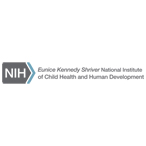

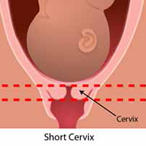
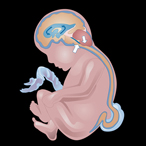
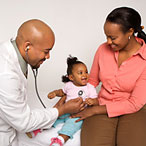

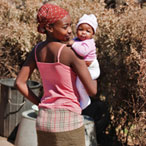

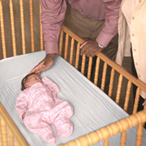


 BACK TO TOP
BACK TO TOP